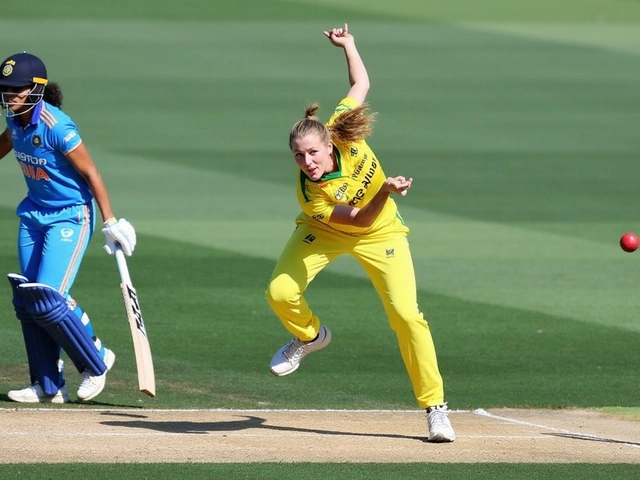Discus Throw: What You Need to Know
Discus Throw is one of the classic events in track and field athletics, where athletes aim to throw a heavy disc as far as possible. It’s a test of strength, technique, and timing. Ever wonder why some throwers seem to send the discus flying effortlessly? It’s all about mastering the spin and release to get maximum distance.
Unlike sprinting or jumping, discus throw involves controlled power combined with body coordination. The athlete spins one and a half times in the circle, accelerating the discus before letting it go at just the right moment. This fusion of movement and force makes it fascinating to watch and challenging to master.
Techniques That Make a Difference
Good technique can add meters to your throw. The grip, stance, spin, and release angle are crucial. For example, holding the discus with fingers spaced evenly around the rim helps control the launch. The rotation should be smooth and balanced to build up momentum without losing control. Miss the timing or slip in balance, and you lose distance.
Training focuses a lot on improving footwork in the circle, core strength, and flexibility. Many athletes use drills to enhance their balance and spinning speed. Even small adjustments in arm movement or angle can change a throw from average to impressive.
Discus Throw in Competitions
This event is a staple in the Olympics and other athletic meets worldwide. Competitors get multiple attempts to throw their best, with distances measured precisely. The longest valid throw wins the round. With ongoing improvements in training methods and equipment, records continue to be pushed further.
For fans and aspiring athletes, watching top-level discus events gives insight into the sport’s demands and excitement. Whether you’re there to learn or just enjoy a display of raw power and precision, discus throw never disappoints.









